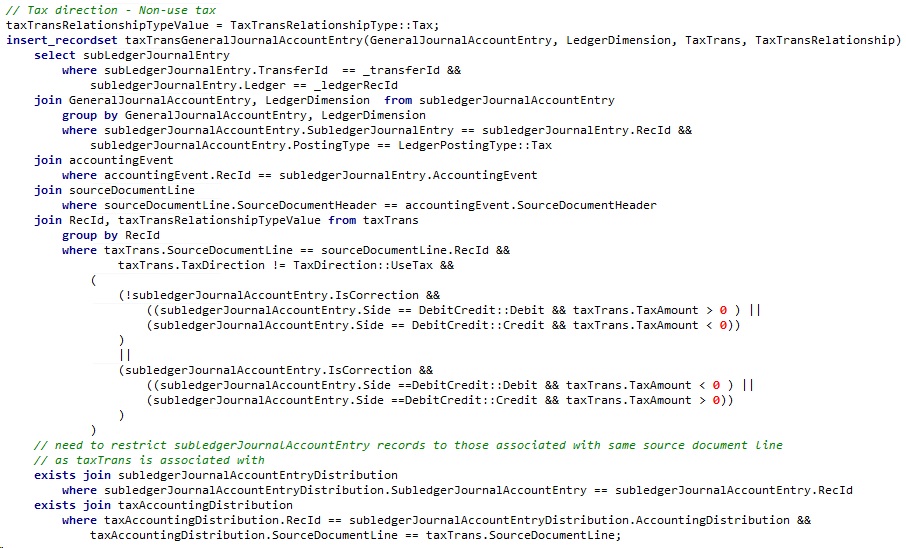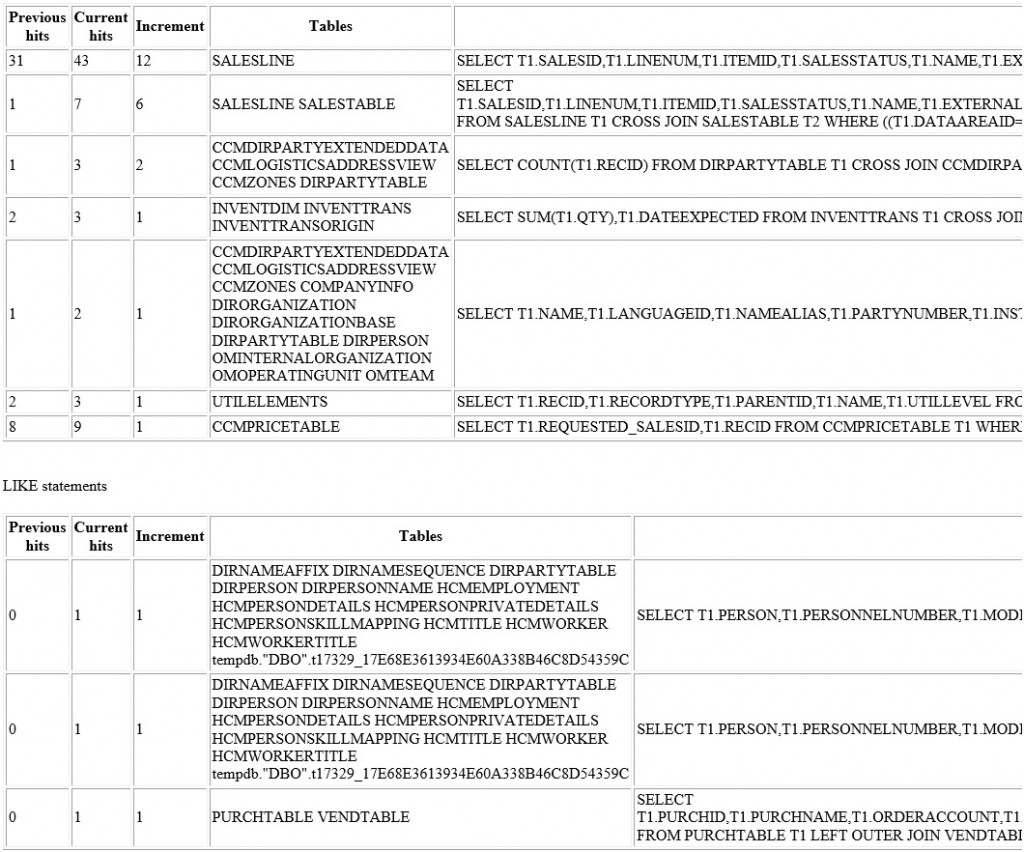Technical Conference Day 1
Just a day before kicking off the Microsoft Dynamics AX Technical Conference AX 7 has matured to RTW stage and has finally been shipped. During the Keynote session Dan Brown and Sri Srinivasan has revealed a couple of interesting topics, which later on will get expanded in the various breakout session.
Here is a quick re-cap for Day 1 for the sessions I have been able to attend:
- Business Process Transformation and Business Process Platform are now the key phrases to memorize when we want to summarize what the changes are about for AX 7, where Azure cloud is acting as Platform as a Service (PaaS) to host the whole VM package including SQL Server
- AX will not just be an ERP, but will be the foundation core of many components within the Microsoft stack, eventually becoming a Software as a Service (SaaS) model with modules being sealed and becoming more stand-alone
- A continuous release- and hotfix model will be used from now on, with having an Update 1 and Update 2 package released later in 2016
- The User Interface (UI) and User Experience (UX) are now very customizable which are referred as Workspaces and Personas for a 360-degree view of individual business areas and processes, where the user can create and arrange their frequently used areas as Tiles, Tabs and Lists (grids) either in their own workspace, or on the standard dashboard
- Global search functionality is available to find data, or specific AX functionality within the current screen context
- The UI has a responsive design which resizes automatically to the available window space and even utilizes zooming within the browser window
- Help is pulling context-sensitive, relevant information from the Wiki page and Knowledgebase
- AX Entity Store will be a new technology which provides a better interface for external connectivity, i.e. PowerBI can feed from this source where we could use natural language queries to pull data back and render it on a dynamically filtered chart
- The LifeCycle Services Business Process Modeler (BPM) has been considerably extended functionality-wise. We can now attach a Task guide created by the Task recorder tool against a BPM node. Also Visual Studio is able to integrate and attach development projects against a specific Business Process, to structure coding more intelligently
- The Task guide can be exported into an XML file, which we could use to generate a Test script code in Visual Studio utilizing the SysTest framework with automatically generating the test case for a developer. If we include that in a Version Control check-in, the Build process will automatically pick it up and run the test case against the modified codebase and flag up the success or failure within the build log according to the outcome
- Visual Studio Team Services (VSTS) is now the foundation for tracking development progress, and utilizes many of the additional features through LCS, for example Gated check-ins and Code review features with shelvesets
Very exciting changes and improvements indeed. Tune in for more later today in the Technical Conference Day 2 article.


